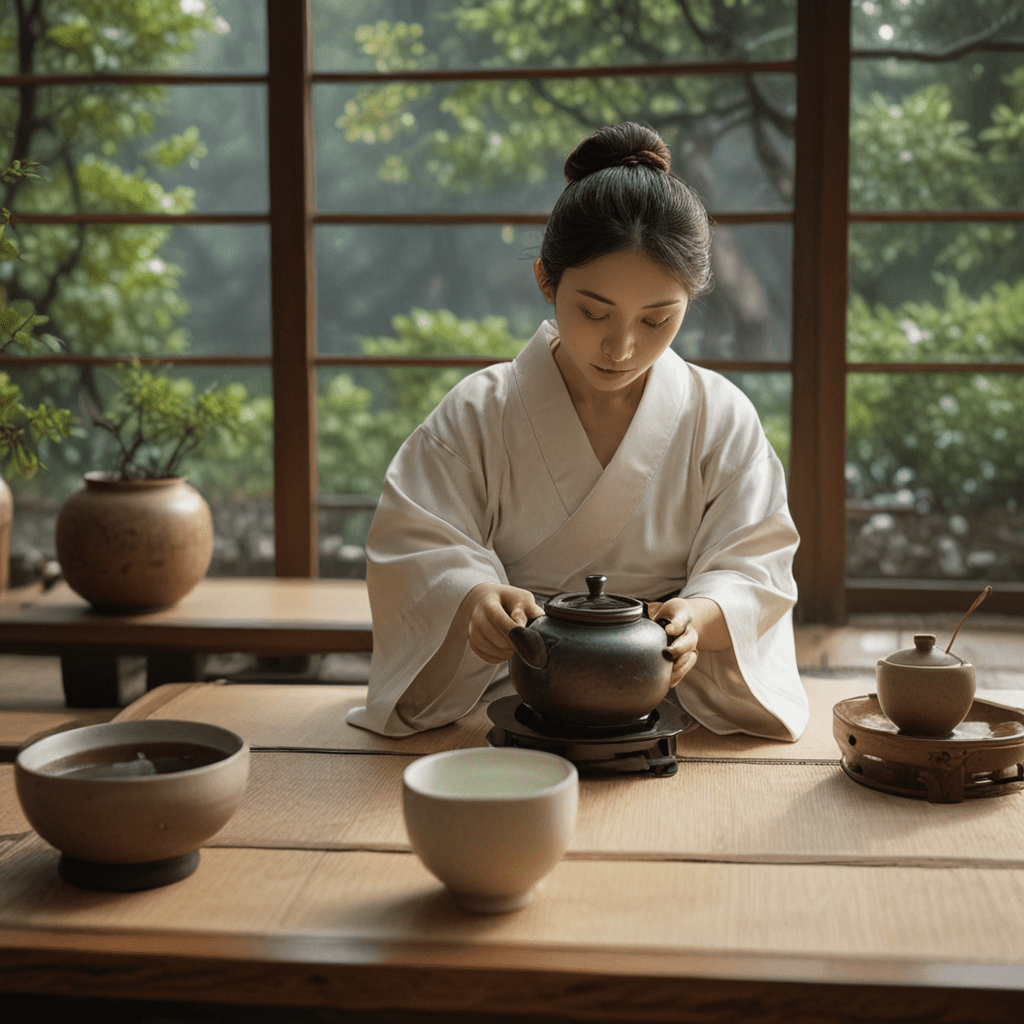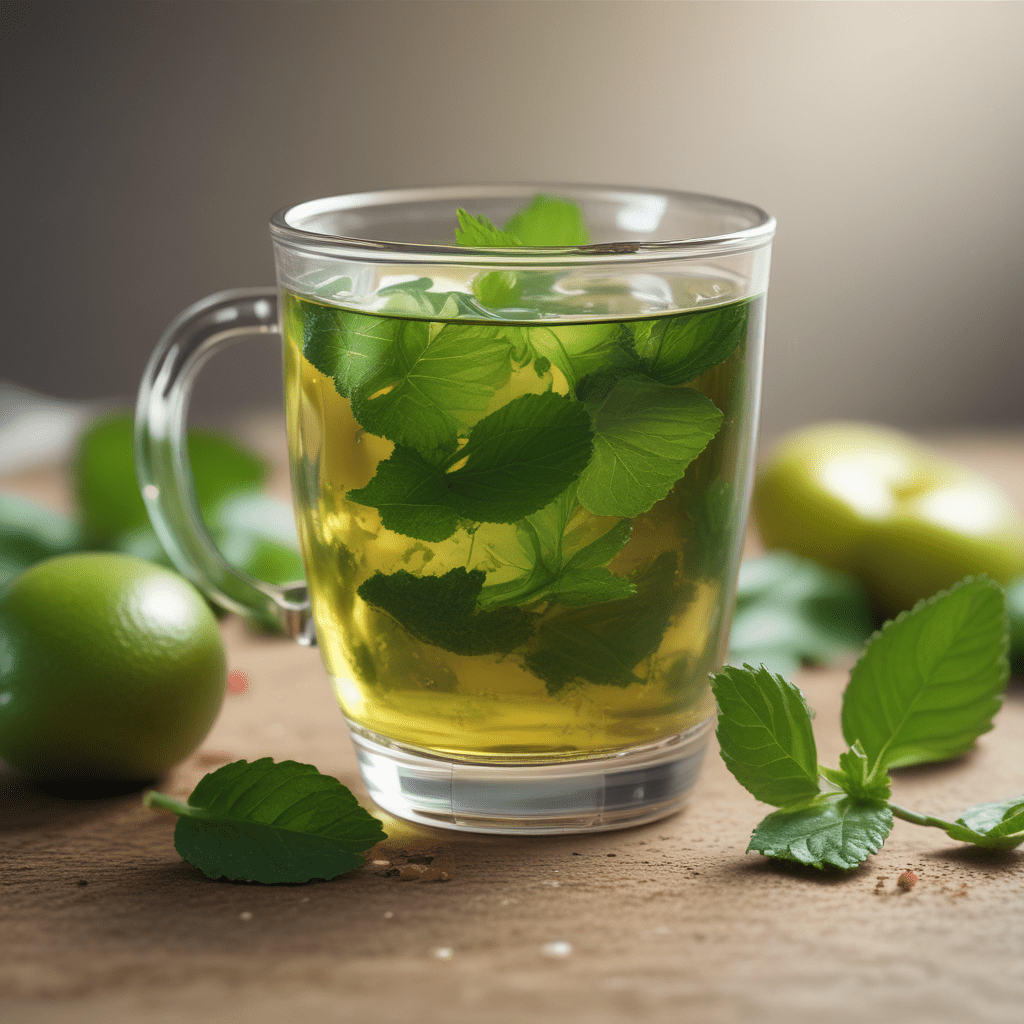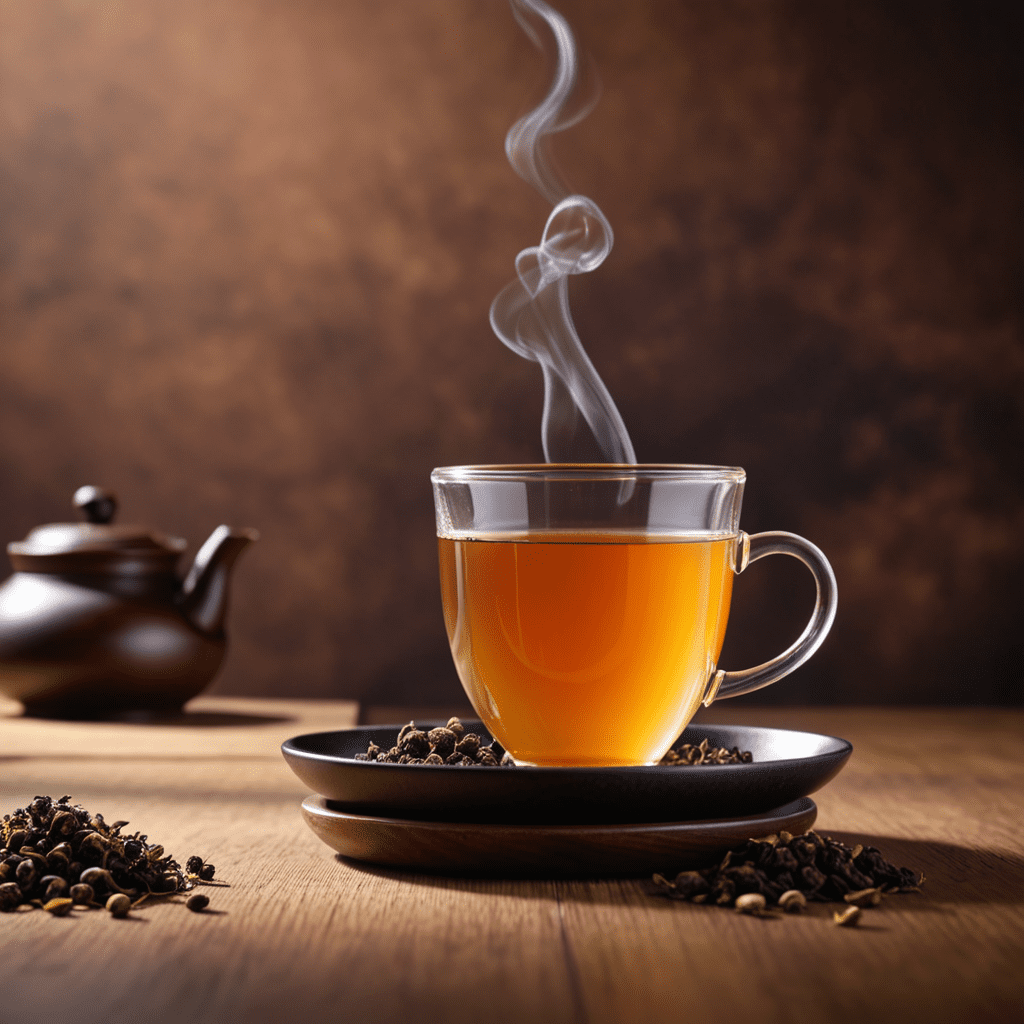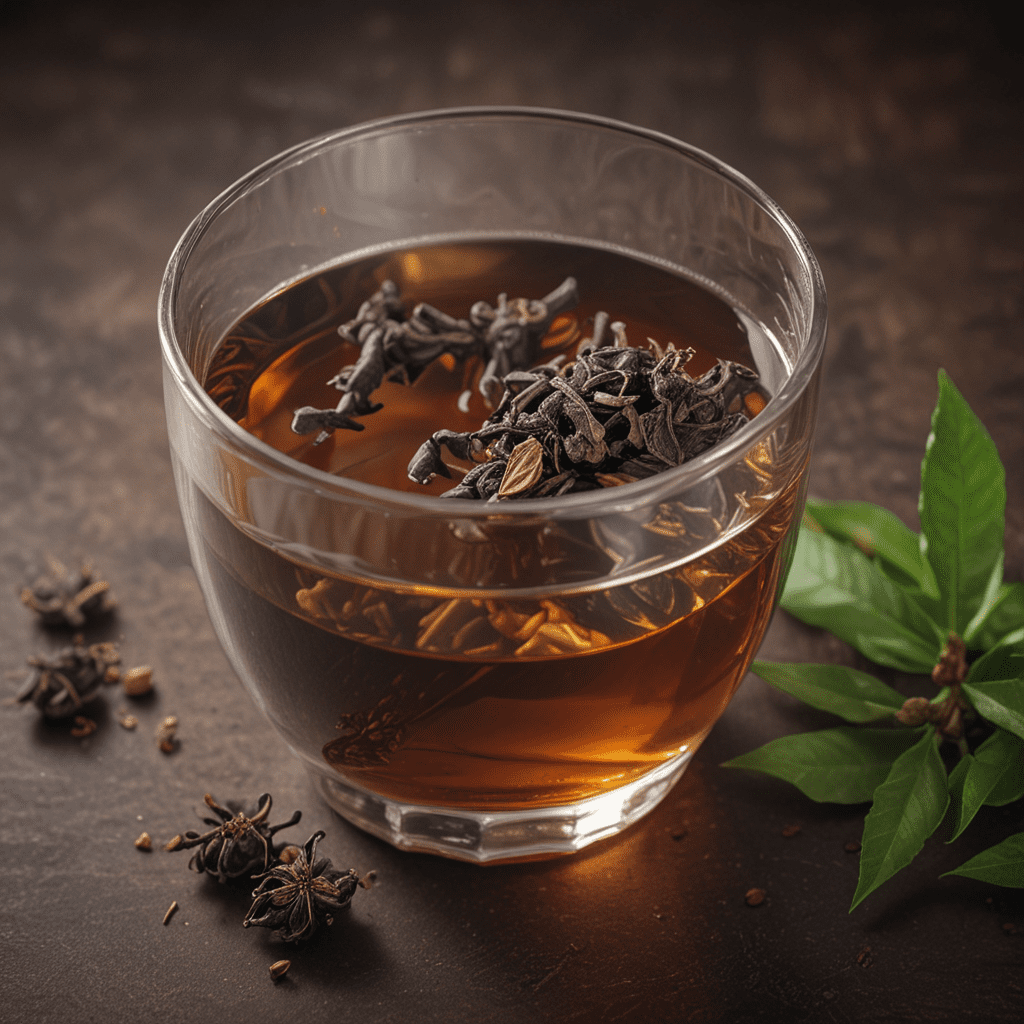Origins and History
The Japanese tea ceremony, known as chanoyu, is an ancient ritual steeped in tradition and symbolism. Its roots date back to the 9th century when Buddhist monks brought tea from China to Japan. Initially used as a medicinal herb, tea drinking gradually gained popularity among the elite during the Heian (794-1185) and Kamakura (1185-1333) periods.
The ritualized form of the tea ceremony, known as chanoyu, emerged in the 16th century under the influence of tea masters such as Sen no Rikyu (1522-1591). Rikyu refined the ceremony's principles and aesthetics, emphasizing simplicity, harmony, and the appreciation of the present moment.
Philosophical Foundations
Chanoyu is deeply rooted in Zen Buddhism, particularly its principles of wabi-sabi. Wabi celebrates the beauty found in imperfection and transience, while sabi embraces the patina of age and simplicity. The tea ceremony embodies these concepts, promoting a sense of mindfulness and acceptance.
The ceremony's ritualized movements and gestures symbolize harmony and reverence for both the tea itself and the guests partaking in it. By carefully adhering to the prescribed protocols, participants can achieve a heightened awareness of their surroundings and a sense of tranquility amidst their daily lives.
Types of Tea Ceremonies
There are several variations of the Japanese tea ceremony, each with its unique purpose and characteristics. The three main types include:
Rikyū-style chanoyu: This formal and elaborate tea ceremony follows strict rules and guidelines established by Sen no Rikyu. It requires extensive training and is typically conducted in a traditional tearoom by experienced tea masters.
Wabi-cha (rustic tea ceremony): This more informal tea ceremony emphasizes simplicity and spontaneity. It often takes place in rustic or secluded surroundings and involves the use of unadorned tea utensils. The focus is on creating a relaxed and intimate atmosphere for guests.
Sado (tea practice): This type of tea ceremony is less ritualized and more focused on the enjoyment of the tea itself. It can be conducted in various settings and may involve experimentation with different types of tea and tea brewing methods.
6. The Tea Room and its Furnishings
The tea room, known as the chashitsu, is a central element of the Japanese tea ceremony. It is typically a simple structure nestled in a serene garden setting, designed to create an aesthetically pleasing and contemplative environment.
The tea room's design reflects the principles of wabi-sabi, with unassuming materials and natural accents taking precedence. The walls may be made of bamboo, rice paper, or mud, while the floor is often covered with tatami mats. The room may also feature a built-in alcove to display a scroll or flower arrangement.
The tea utensils, including the tea bowls, whisks, and scoops, are carefully selected to enhance the aesthetic experience and reinforce the symbolic meaning of the ceremony.
7. The Guest Experience
Participating in a tea ceremony is a unique and enriching experience for guests. Upon entering the tea room, they are greeted by the host with a series of ritualized gestures and exchanges. After purifying themselves at a stone basin, guests remove their footwear and enter the tearoom to take their designated seats.
Throughout the ceremony, guests engage in polite conversation and admire the tea utensils. They are expected to show appreciation for the host's efforts and the artistry of the surroundings. After partaking in the tea, guests may be offered sweets to complement the flavors.
8. Etiquette and Rituals
The tea ceremony is governed by a strict set of rules and conventions, known as otemae. These rituals and gestures, practiced by both the host and guests, create a sense of order and refinement during the ceremony.
Etiquette includes proper posture, handling of utensils, and timing of actions. Movements are performed deliberately and gracefully, demonstrating respect for both the tea and the participants. The tea bowl is passed around among the guests in a specific order, with each person partaking of a sip.
9. Symbolism and Cultural Significance
The Japanese tea ceremony is steeped in symbolism, reflecting the cultural and spiritual values of Japan. Its ritualized practices represent a microcosm of life, with its transitions and moments of reflection.
The utensils used in the tea ceremony have specific symbolic meanings. The tea bowl, for instance, represents the individual and their imperfections, while the tea scoop symbolizes equality. Through the ceremony's gestures and actions, participants are reminded to cultivate mindfulness, gratitude, and harmony.
10. Preservation and Transmission of the Tradition
Over the centuries, the Japanese tea ceremony has been passed down from generation to generation through a lineage of dedicated teachers and disciples. Tea schools, known as ryūha, have evolved, each preserving its unique style and interpretation of the traditional rituals.
Contemporary tea practitioners strive to maintain the ceremony's authenticity while adapting to changing societal trends. Through teaching and the ongoing practice of chanoyu, the tradition is preserved for future generations to experience and appreciate.
FAQs
Q: What is the proper attire for a tea ceremony?
A: Traditional Japanese clothing is often worn, such as a kimono for women and a haori jacket or montsuki for men.
Q: How long does a tea ceremony typically last?
A: The duration varies based on the type of ceremony, ranging from one to several hours.
Q: Can anyone participate in a tea ceremony?
A: Participation is open to all, but it is considered respectful to seek guidance from a qualified tea teacher or to attend introductory workshops.
Q: What are the benefits of practicing chanoyu?
A: The tea ceremony promotes mindfulness, appreciation of aesthetics, and the development of social etiquette and cross-cultural understanding.
Q: Where can I find tea ceremony experiences or classes?
A: Tea ceremony experiences and classes are available at cultural centers, tea schools, and specialized studios in many regions.



